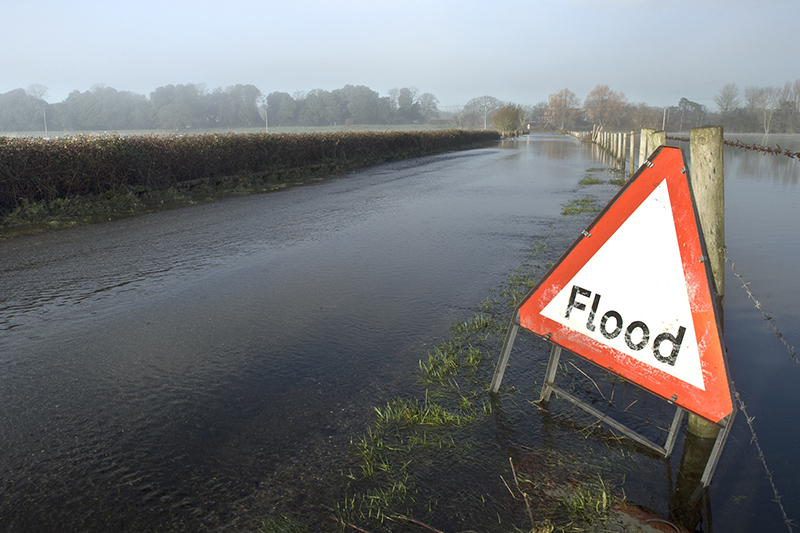
Flooding is an unavoidable force of nature, and climate change is making it a more serious threat than ever before, with the Met Office already having issued warnings about the likelihood of heavier rainfall and flooding. As the risk of flooding increases, so too does the risk of damage to properties and the surrounding infrastructure.
As the earth warms, the atmosphere around us holds more moisture. Rising temperatures intensify the water cycle, increasing evaporation. The air can only hold a certain amount of moisture at any given time, and as evaporation increases, rainfall becomes heavier. Several regions across the UK already experience ‘extreme rainfall’ all year round; floods are no longer a threat we should only be aware of during the autumn and winter months. And while the immediate focus will be on clearing the disruption caused by flooding, we must also remain vigilant about its impact on our community infrastructure – and the drainage systems working below ground.
Storm drains are installed across the UK and are specifically designed to draw water away from roads when heavy rain and flash flooding occurs. When we experience heavy rainfall, excess water escapes the streets via gutters and grids. The water enters a storm drainage tank which is split into different holding chambers, typically containing a pump. When functioning efficiently, storm drains are able to protect us from the impact of floods, but several extenuating factors put that at risk.
Firstly, many aren’t routinely serviced or maintained, and become clogged with fallen leaves, litter and silt which builds up over time. Then, when a storm does hit, the drains below ground aren’t able to cope. They, instead, overflow and suddenly, huge lakes form on motorways, in car parks, and outside our businesses and homes.
Additionally, as flooding increases and the capacity of our sewer networks is put under greater threat, so too is the capacity of stormwater pumps. If there’s no space remaining in the main drain, the pump has nowhere to discharge water too. Instead, the pumps become overwhelmed and unable to perform efficiently. Leaving any excess water in a storm drain or drainage pump will eventually wear out the pumps sitting inside the holding chambers, leading to a potentially costly repair.
Finally, any excess water which isn’t able to drain from the sewer network can then go on to cause structural damage to the surrounding infrastructure, affecting residential and commercial developments for years to come.
As such, it’s vital to ensure your drainage system is assessed and maintained all year round to ensure that should a flash or extreme flooding event occur, it’s best prepared to tackle the ensuing challenges and protect those living and working nearby.
Implementing a program of Pre-Planned Maintenance (PPM) with a drainage and pump expert will prevent your system from poor performance, meaning your site is at less risk of flooding during extreme weather. As well, regular CCTV drain inspections will alert you to any potential issues before they occur, giving you time to resolve the problem and prepare for adverse weather.
Taking action against a problem that may not have happened yet might seem an unnecessary expense, but climate change is increasing at a rate we can’t ignore. Should your drainage system become overwhelmed, there is a greater risk of incurring costs from damage to property than there is the cost of investing in a regular schedule of maintenance.
To start the conversation on maintaining your drains and pumps to prevent disruption from flooding, contact Metro Rod on 01625 507945 or visit www.metrorod.co.uk



